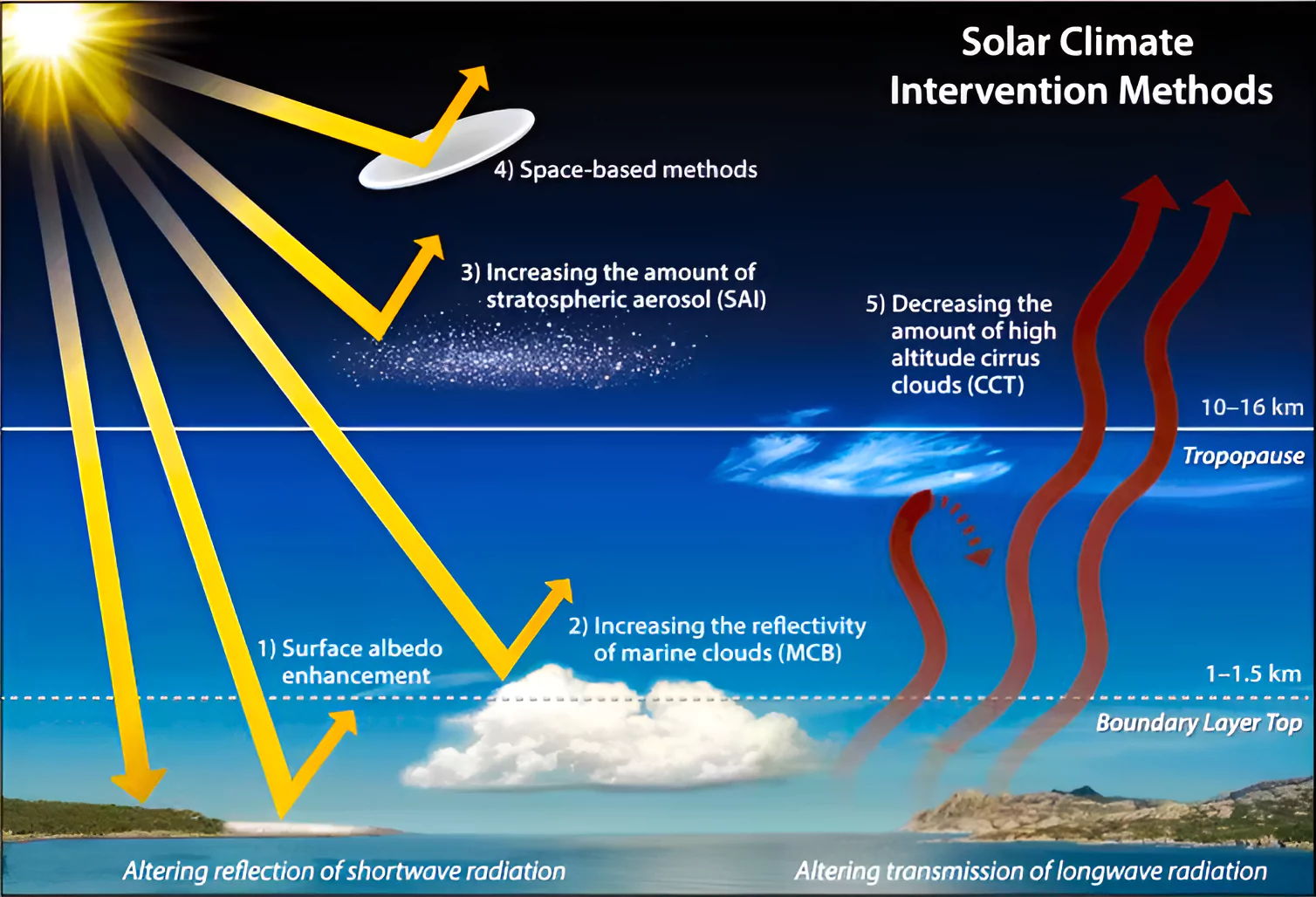Climate engineering is expected to be cheap relative to the cost of ending greenhouse gas emissions, however, it is not oblivious to risks.
 Humans are putting over 37 billion tons of carbon dioxide into the atmosphere annually and pulling only about 2 billion tons (0.1%) of carbon dioxide out of the atmosphere yearly.
Humans are putting over 37 billion tons of carbon dioxide into the atmosphere annually and pulling only about 2 billion tons (0.1%) of carbon dioxide out of the atmosphere yearly.
| Must Read | |
| NCERT Notes For UPSC | UPSC Daily Current Affairs |
| UPSC Blogs | UPSC Daily Editorials |
| Daily Current Affairs Quiz | Daily Main Answer Writing |
| UPSC Mains Previous Year Papers | UPSC Test Series 2024 |
To get PDF version, Please click on "Print PDF" button.
How Climate Change is Creating Refugees Across the...
View India’s Gender Gap Report Ranking as a Warn...
Aiding India’s Progress with Choice, Control and...
Bridge too Far: On the Bridge Collapse in Vadodara
How India’s Biofuel Potential Complements its Le...
As PM Modi lands in Namibia, this is why the Count...
<div class="new-fform">
</div>
